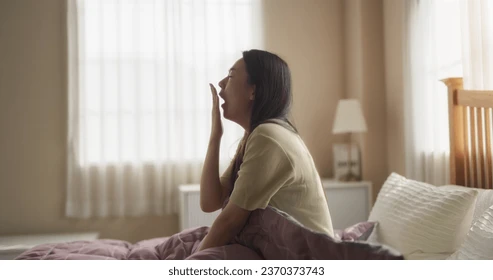The planting season is closing in. Generally hedging and trees are planted between the beginning of November and the end of scrog. The reason for this is that plants move better if they are disturbed when dormant – a bit like a small child asleep on a sofa being moved to a bed upstairs. In the morning it has no memory of the move – indeed it has little memory of where it fell asleep. This applies particularly to bare-root hedging plants and trees (plants that have been grown in open ground and are then lifted and have the soil shaken off their roots before being sold).This article assumes you have decided on the type of plant/plants you want; maybe a single species such as beech or yew,Bareroot Trees and Shrubs are Best! And Here is Why.
Articles or a mixed hedge or copse. Now the choice you are faced with is whether to buy your hedging and trees in containers (pots) or bare-rooted. Today a whole generation of gardeners has been raised on pot grown planting (mainly for the benefit of the garden centre industry). So, while there are some things in favour of containerised shrubs (indeed some cannot be moved bare-rooted at all) the advantages of using bare-rooted hedging plants and trees are overwhelming. The purpose of this article is to set out the reasons why.Bare-root hedging plants are more economical than their pot grown equivalents. To be well grown a plant in a pot needs good quality compost, it needs to be repotted as it gets bigger, it needs hand weeding, it needs constant watering and it has to be moved from seed bed to polytunnel, to standing out bed and from there to garden centre display. A bare-rooted tree grows happily in mother nature’s soil in a field, watered by the rain until it is lifted and sold. There is far less cost involved and it shows in the price you have to pay.
Environmentally, container grown stock carries a high tariff. Bare-root hedging is rarely watered in the nursery as opposed to potted plants that need irrigation if it does not rain. If they are not watered daily, the compost in their pots tends to dry out rapidly on the sunny side and slowly on the shaded side) which leads to irregular root development and subsequent poor establishment in the ground. (As an aside, it also does not help that plant pots are generally black – the colour that absorbs heat the fastest). Still on the environmental front, containers means plastic. Most pots are manufactured from petroleum products – very few are recycled. Field grown hedging plants need no pots. The compost used in containers is at best heavy and has to be transported to nurseries so increasing their carbon footprint. At worst the same compost is also peat based and its production directly damages already dwindling ecosystems. And then the pots, full of heavy compost have to be sent to you, using more packaging and consuming more greenhouse gas emitting fuel than their bare-rooted cousins. As an example, you could put two hundred and fifty 80cm tall bare-rooted yew hedging plants in the back of a medium sized family estate car. The same number in containers would need a 7.5 ton lorry to deliver them.
Container grown plants need to be planted in a hole big enough to accommodate the medium in which they are growing. If the planting hole is in soil that drains less well than the compost in the pot, it fills with water and creates the conditions where roots rot (typically this happens in heavier, clay soils) and plants die. This effect is at its worst with potted hedging plants, which are typically planted in a trench that acts as a drain for the surrounding soil. Equally, if the surrounding soil drains well, water can run away before the plant’s rootball is wetted. Then it dies from under watering even though the soil around is moist.



